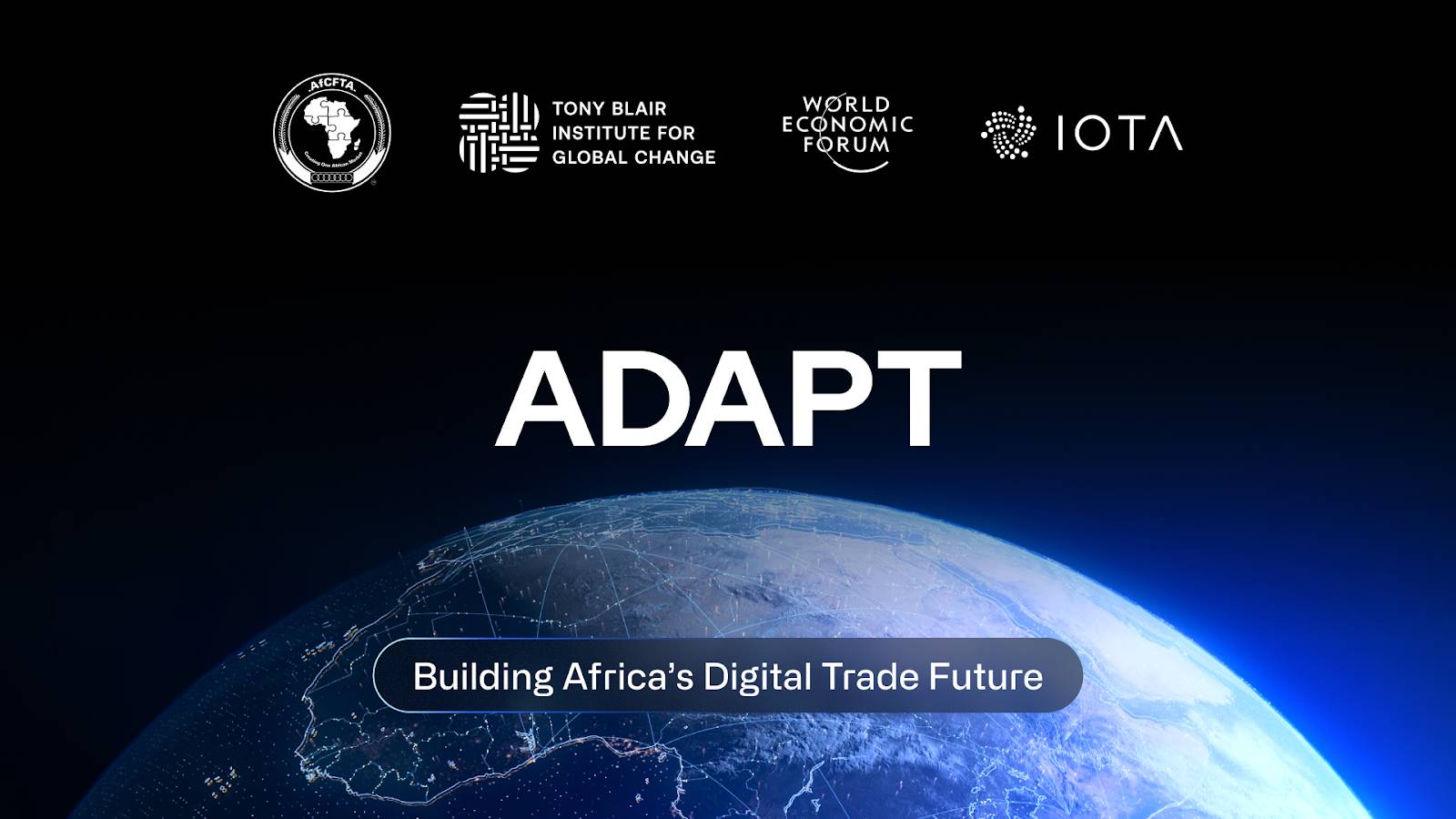Ethereum as the Next Decade’s Macro-Driven Financial Infrastructure Play
- Ethereum's 2025 institutional adoption surged due to EIP-4844's 100x L2 scalability boost, driving 38% Q3 TVL growth in DeFi/RWA infrastructure. - SEC's utility token reclassification enabled $9.4B Ethereum ETF inflows, with BlackRock's ETHA capturing $27.6B AUM by Q3 2025. - Fed's dovish pivot (Jackson Hole 2025) accelerated capital rotation: Ethereum ETFs attracted $1.83B in 5 days vs. Bitcoin's $171M, with 4.1M ETH ($17.6B) staked by 69 firms. - Deflationary mechanics (EIP-1559 burns) reduced ETH supp
In the evolving landscape of global finance, Ethereum has emerged not merely as a cryptocurrency but as a foundational asset class, redefining institutional investment strategies and macroeconomic dynamics. By 2025, Ethereum’s institutional adoption has surged to unprecedented levels, driven by a confluence of technological innovation, regulatory clarity, and macroeconomic tailwinds. This article examines how Ethereum is positioning itself as the next decade’s cornerstone of financial infrastructure, with a focus on strategic institutional allocations and the macroeconomic forces accelerating its ascent.
The Technological Catalyst: EIP-4844 and Scalability
Ethereum’s post-merge upgrades, particularly EIP-4844 (implemented in March 2024), have fundamentally reshaped its utility. By introducing blob-carrying transactions, EIP-4844 reduced Layer 2 (L2) data posting costs by up to 100x, enabling platforms like Arbitrum and Optimism to process over 100,000 transactions per second [1]. This scalability breakthrough has transformed Ethereum from a speculative asset into a robust infrastructure layer for decentralized finance (DeFi) and real-world asset (RWA) tokenization. The result? A 38% quarter-over-quarter increase in total value secured (TVL) on L2 networks by Q3 2025 [1].
Institutional Allocations: Staking Yields and Regulatory Clarity
Ethereum’s appeal to institutional investors is further amplified by its deflationary supply dynamics and attractive staking yields. With 29.6% of its total supply staked (35.7 million ETH), Ethereum generates staking returns of 3-6% annually, outpacing traditional fixed-income assets in a low-yield environment [3]. The U.S. SEC’s reclassification of Ethereum as a utility token under the CLARITY Act has removed regulatory ambiguity, enabling 19 public companies to hold 2.7 million ETH in their treasuries [3]. This clarity has unlocked a $9.4 billion inflow into Ethereum ETFs in Q2 2025 alone, with BlackRock’s iShares Ethereum Trust (ETHA) capturing $27.6 billion in assets under management (AUM) by Q3 2025 [2].
Macroeconomic Tailwinds: Fed Policy and Capital Rotation
Ethereum’s macroeconomic tailwinds are equally compelling. The Federal Reserve’s dovish pivot, signaled at the Jackson Hole symposium in September 2025, has driven institutional capital toward high-beta assets. Ethereum’s beta to Fed policy (4.7) exceeds Bitcoin’s (2.8), making it a more responsive asset in a rate-cutting environment [1]. With an 87.3% probability of a 25-basis-point rate cut priced into markets, Ethereum surged 13% post-symposium, outperforming Bitcoin’s muted response [1].
Institutional treasuries have capitalized on this dynamic, with 69 major firms holding 4.1 million ETH ($17.6 billion) and leveraging staking and DeFi strategies to optimize returns [1]. This capital rotation is evident in ETF flows: Ethereum ETFs attracted $1.83 billion in five days in August 2025, dwarfing Bitcoin’s $171 million inflows [4]. BlackRock’s ETHA ETF, for instance, secured $265.74 million in a single day on August 27, 2025, reflecting a broader shift toward yield-generating crypto assets [4].
The Deflationary Flywheel and Network Effects
Ethereum’s deflationary mechanics, reinforced by EIP-1559’s transaction fee burns, create a self-sustaining value proposition. Annual ETH supply reductions of millions of tokens have driven a 9.4% increase in realized cap and $20 billion in daily trading volumes [3]. Meanwhile, whale accumulation—3.7% of the total supply now held in corporate treasuries and mega-whale portfolios—signals growing confidence in Ethereum’s long-term utility [3].
Conclusion: A Strategic Allocation for the Next Decade
Ethereum’s convergence of technological innovation, institutional adoption, and macroeconomic tailwinds positions it as a macro-driven financial infrastructure play. As capital rotates into yield-generating, scalable, and deflationary assets, Ethereum’s role in global portfolios will only expand. For institutions seeking to hedge against inflation, capitalize on regulatory clarity, and leverage blockchain’s next frontier, Ethereum is no longer a speculative bet—it is a strategic imperative.
**Source:[1] Ethereum's 2025 Price Surge: How EIP-4844 and Macroeconomic Tailwinds Fuel Institutional Adoption [2] Ethereum ETFs Outperform Bitcoin ETFs: Structural [3] Ethereum's Structural Bull Case Amid Seasonal Volatility [4] Ethereum ETF Inflows Overtake Bitcoin ETFs by Nearly 10x in ...
Disclaimer: The content of this article solely reflects the author's opinion and does not represent the platform in any capacity. This article is not intended to serve as a reference for making investment decisions.
You may also like
Mars Morning News | Federal Reserve officials send strong hawkish signals again, December rate cut in doubt
The crypto market has generally declined, with bitcoin and ethereum prices falling and altcoins experiencing significant drops. Hawkish signals from the Federal Reserve have affected market sentiment, and multiple project tokens are about to be unlocked. Early ethereum investors have made substantial profits, and expectations for a continued gold bull market persist. Summary generated by Mars AI. The accuracy and completeness of this summary, generated by the Mars AI model, are still being iteratively improved.

IOTA collaborates on the ADAPT project: Building the future of digital trade in Africa together
IOTA is collaborating with the World Economic Forum and the Tony Blair Institute for Global Change on the ADAPT project. ADAPT is a pan-African digital trade initiative led by the African Continental Free Trade Area. Through digital public infrastructure, ADAPT connects identity, data, and finance to enable trusted, efficient, and inclusive trade across Africa.
